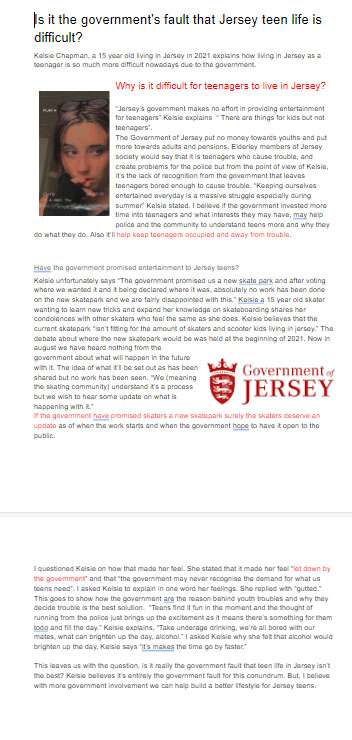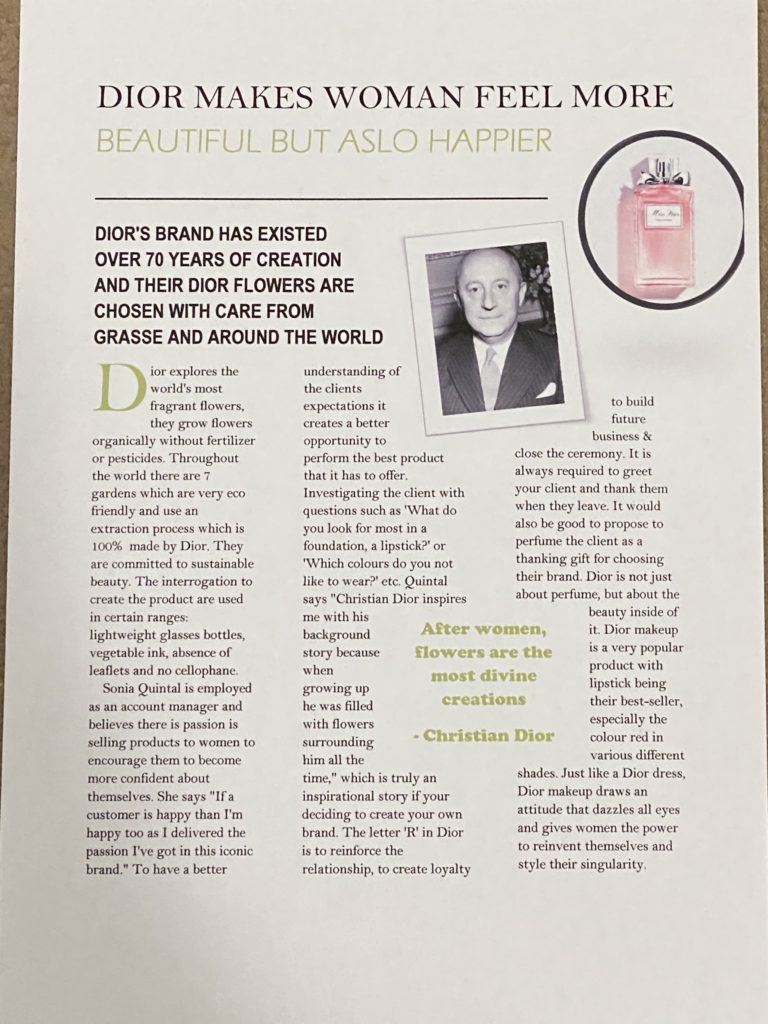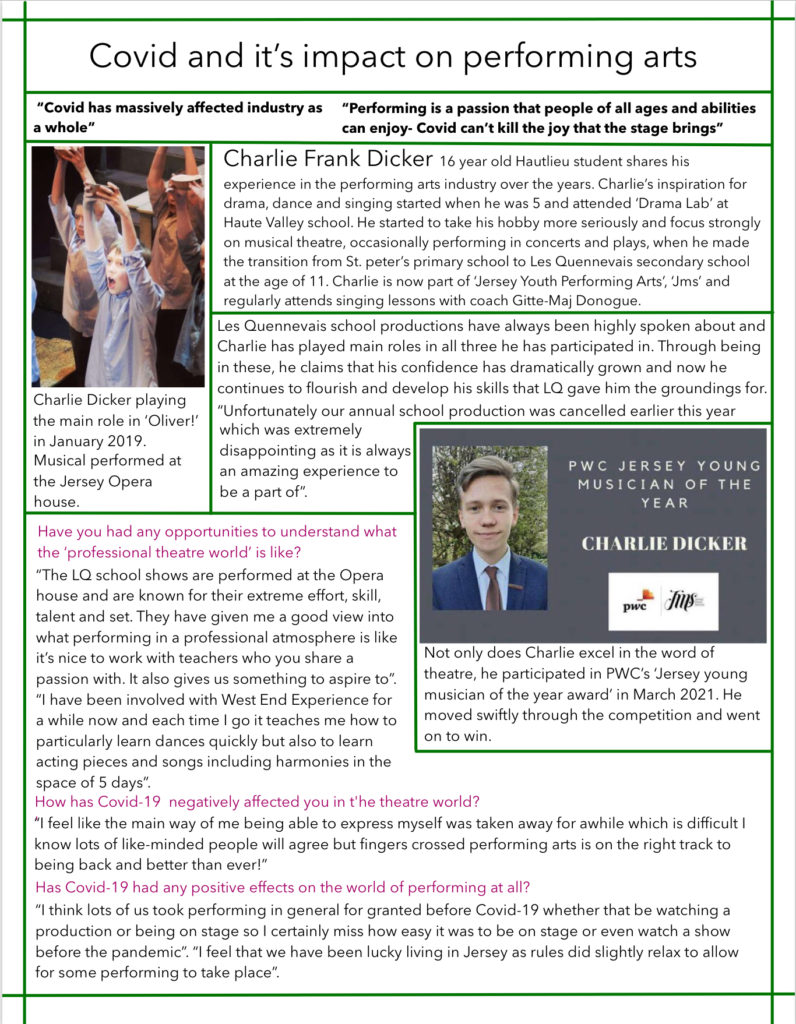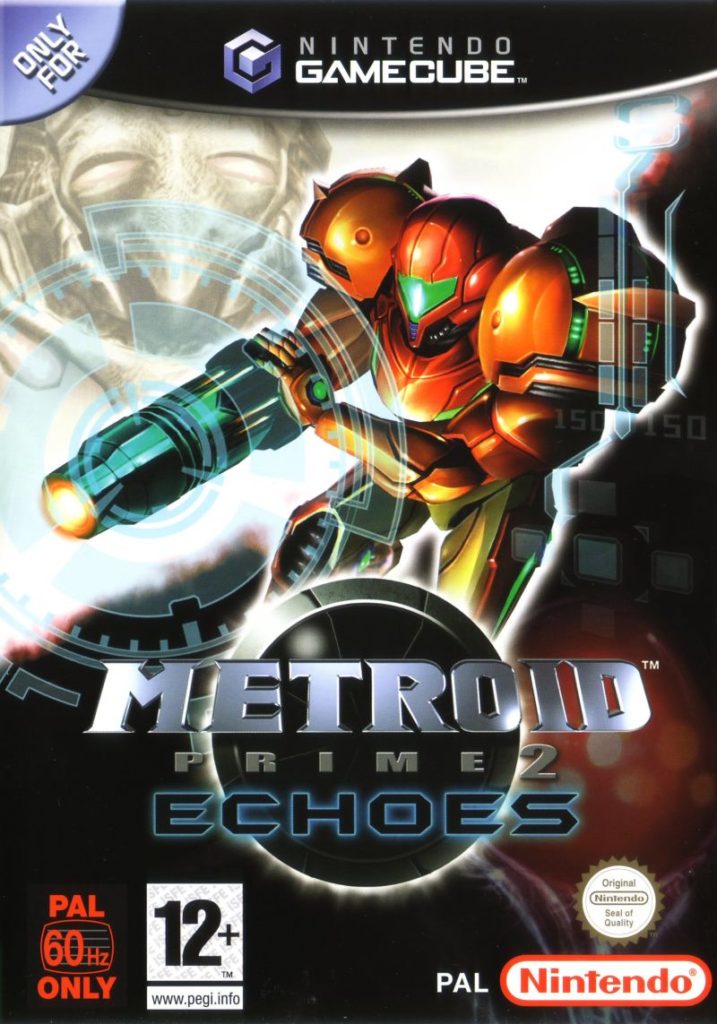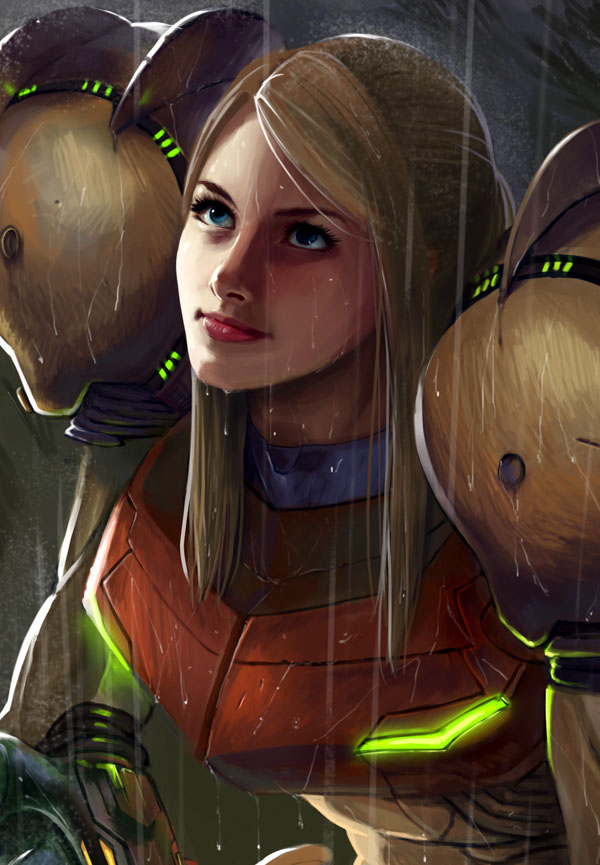Semiotics
Sign – In semiotics, a sign is anything that communicates a meaning that is not the sign itself to the interpreter of the sign.
Code – In semiotics, a code is a set of conventions or sub-codes currently in use to communicate meaning.
Convention –
Dominant Signifier – any material thing that signifies, e.g., words on a page, a facial expression, an image.
Anchorage – The term anchorage is used to describe how the combination of elements within a sign fit together and fix the meaning. Anchorage is the way different media language elements combine to help fix the meaning that a producer wants to convey to the audience.
Ferdinand de Saussure
Signifier – n/a
Signified – Signified is a concept, most commonly related to semiotics, that can be described as “the study of signs and symbols and their use or interpretation.
C S Pierce
Icon – an icon, which resembles its referent (such as a road sign for falling rocks); (2) an index, which is associated with its referent (as smoke is a sign of fire); and (3) a symbol, which is related to its referent only by convention
Index – An index describes the connection between signifier and signified. With an index, the signifier can not exist without the presence of the signified. For example smoke is an index of fire and dark clouds are an index of rain.
Symbol – Signs where the relation between signifier and signified is purely conventional and culturally specific, e.g., most words.
Roland Barthes
Signification – n/a
Denotation – The most basic or literal meaning of a sign, e.g., the word “rose” signifies a particular kind of flower.
Connotation – The secondary, cultural meanings of signs; or “signifying signs,” signs that are used as signifiers for a secondary meaning, e.g., the word “rose” signifies passion.
Myth – A combination of paradigms and syntagms that make up an oft-told story with elaborate cultural associations, e.g., the cowboy myth, the romance myth.
Ideology – A codes that reinforce or are congruent with structures of power. Ideology works largely by creating forms of “common sense,” of the taken-for-granted in everyday life.
Radical – A piece of media which challenges the common perception of the group its about.
Reactionary – A piece of media which reflects the usual perception of the group its about.



